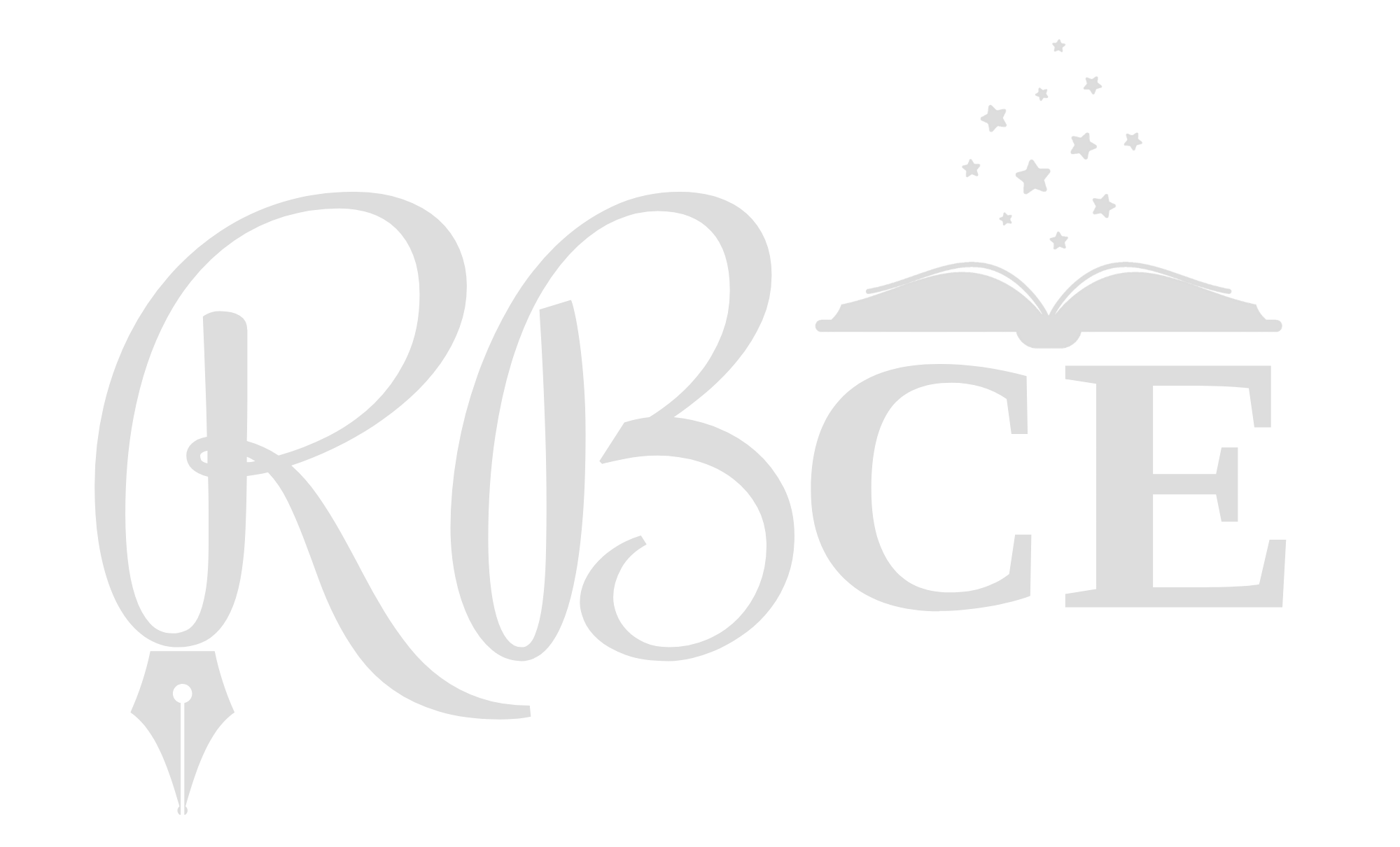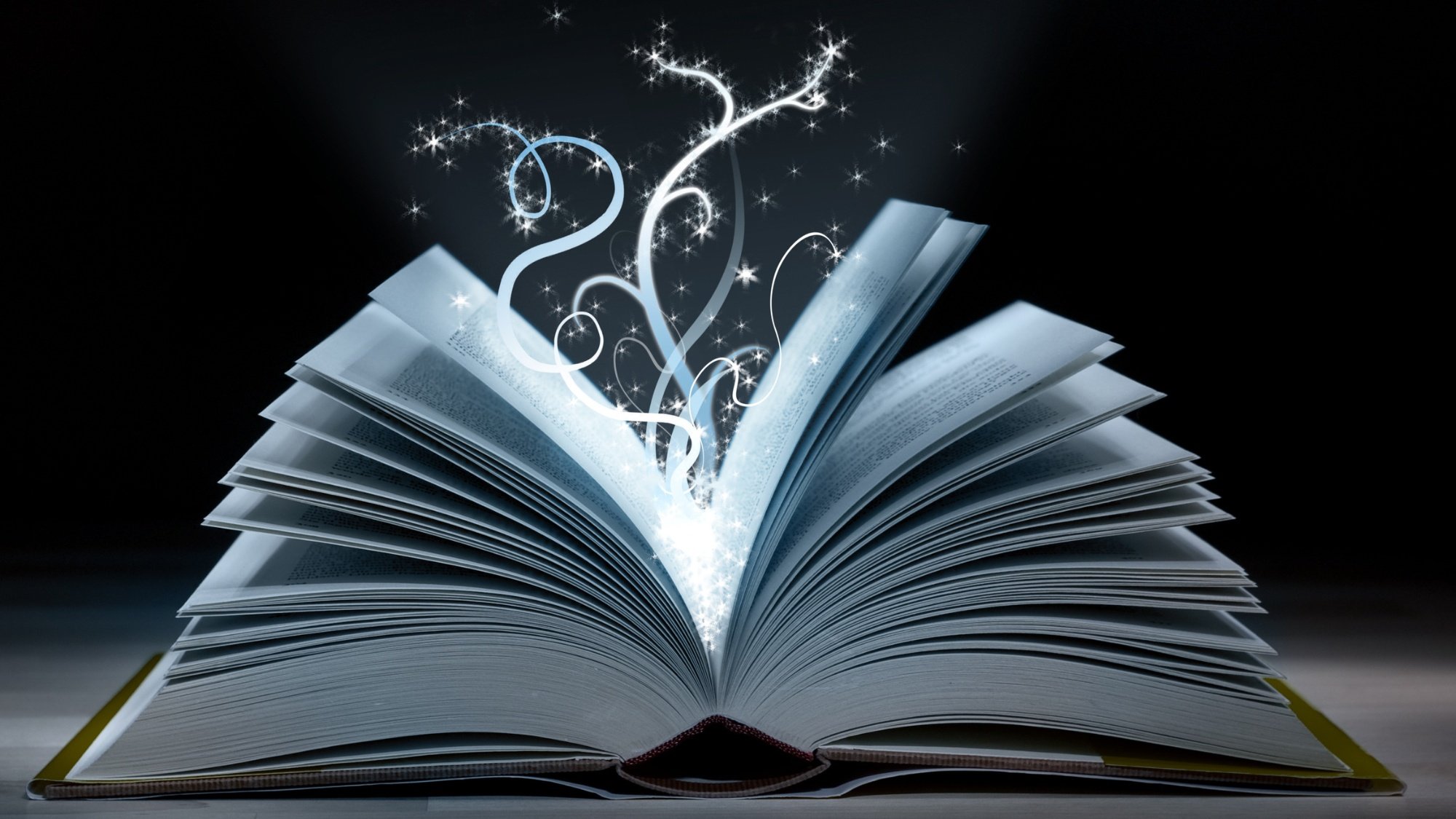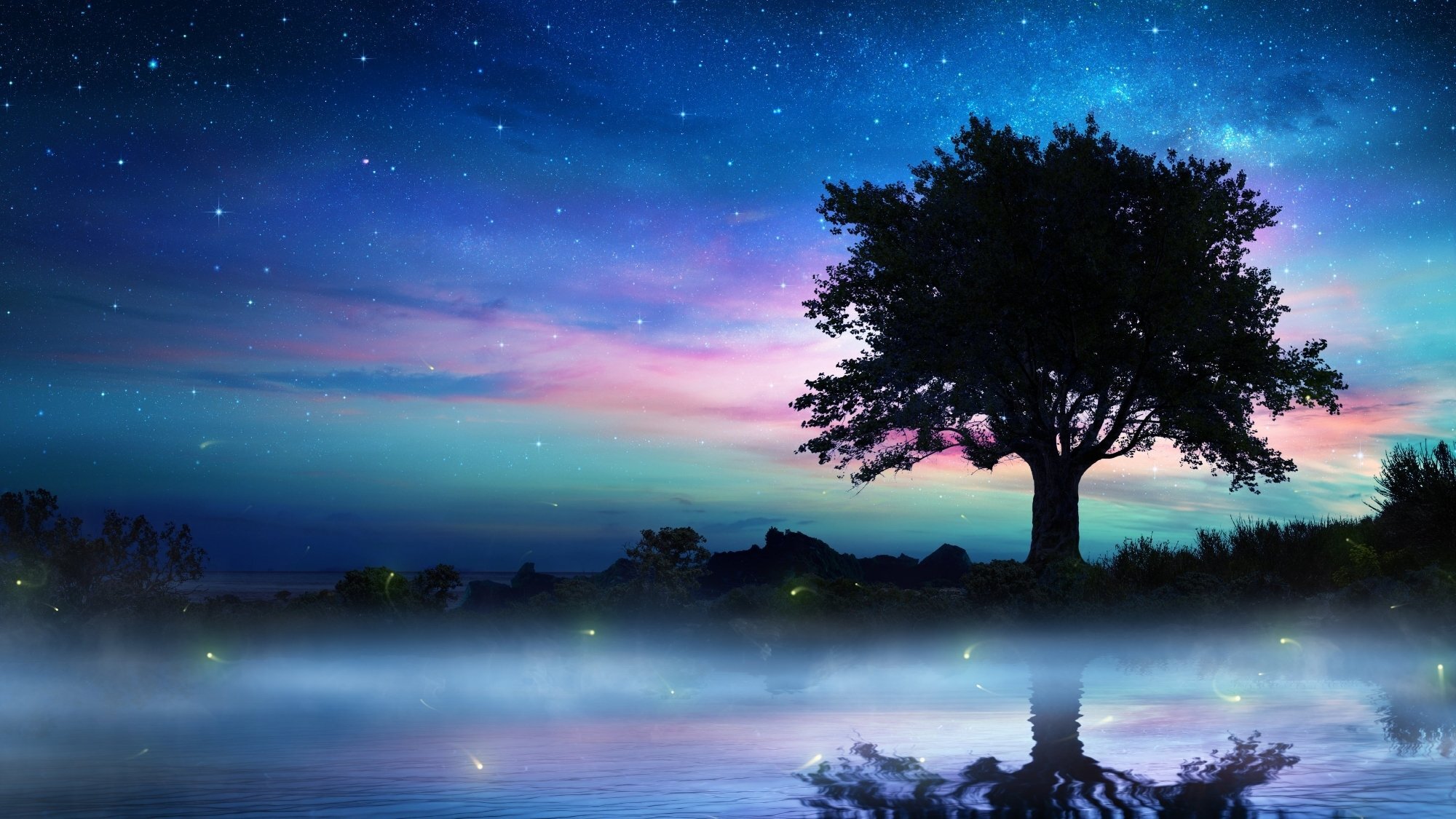Types of Fantasy Worlds
Fantasy is one of the most sprawling genres in terms of where it can be set, tones it can use, and topics it can cover. The number of worlds is limitless. Plus, fantasy books can fall in several categories or realms at once. However, with so many subgenres, it can be hard to get the full sense of the field and where your own story might fit in.
Familiarizing yourself with the different popular types of fantasy settings can help you make informed decisions on how you want to craft your own fantasy world. I define thirteen types of worlds and provide examples of YA or adult books for each. Some worlds overlap.
The terms primary world and secondary world are mostly used to distinguish these settings from each other. One or the other is often the base for other fantasy settings, but they are also used by themselves. They can both appear in one novel, such as in a portal fantasy.
Fantasy Settings
Primary Worlds
A primary world is anywhere set in our modern day. A primary world in the fantasy genre could be a modern setting with some magical element hidden away or a secondary world connected to ours but otherwise unknown.
An example of a primary world fantasy would be the book Legendborn by Tracy Deonn in which there is a secret society where Arthurian myth and magic are real.
Secondary Worlds
A secondary world is a separate realm where society is built around magic or where magical creatures are present. It can be a unique world by itself or one that is connected to a primary nonmagical or magical fantasy world.
The Wheel of Time series by Robert Jordan is an example of a secondary world with an extensive culture and magic system independent from our own familiar world.
Portal Fantasy
A portal fantasy is a setting where characters move from the primary world to a secondary world through a portal that is either discovered or fallen into.
An example of a portal fantasy is the Iron Fey series by Julie Kagawa where the heroine is transported from her average high school life to another world: the fey realm.
Fallen Kingdom
A fallen kingdom is a fantasy setting where society is falling apart, ranging from apocalyptic to corrupt political systems.
The Broken Earth trilogy by N.K. Jemisin is an example of a setting where the main challenges for the heroes stem from society coming apart both physically and politically.
Fairy Tale Lands
A fairy tale setting draws from classic folklore to create a world that works on fairy tale logic and rules. The worlds can also be more logical or modern but still influenced by fairy tale themes and narratives.
An example of a fairy tale fantasy is The Bear and the Nightingale by Katherine Arden, which draws off of Russian folklore.
Mythological Fantasy
Mythological fantasy is similar to fairy tale fantasy, except the setting draws from classic mythology ranging from Greek to Egyptian to Mayan.
A popular example of mythological fantasy is the Percy Jackson series by Rick Riordan that navigates a modern world where the Greek gods are real.
Science Fantasy
A science fantasy (hybrid of science fiction and fantasy) is set in space or heavily includes futuristic technology. It differentiates itself from science fiction itself by having magical elements or alternate science that is impossible in our world.
One example of a science fantasy book is the Lunar Chronicles by Marissa Meyer, which follows the Cinderella story from the perspective of a cyborg main character.
Arcane Fantasy
Arcane fantasy is similar to science fantasy, but the setting is distinguished by focusing on magic and science coexisting or combining to form new mechanics or alchemy.
One example of arcane fantasy is Magic Bites by Ilona Andrews, where cars and guns combine with rogue mages and monsters.
Supernatural/Paranormal Fantasy
Paranormal and supernatural settings take place in the primary world and mainly focus on mythical figures, such as vampires, werewolves, ghosts, witches, and so on. Urban fantasy usually falls under this category.
One example of a paranormal world is the Mercy Thompson series by Patricia Briggs, which features an array of supernatural creatures and magic.
Alternate History Fantasy
An alternate history fantasy is set in a distinct historical time period or culture with an additional magical element either introduced or interwoven into society. Historical facts are sometimes changed to fit the magic. Steampunk is often included in this category.
An example of a fantasy with an alternate history is Jonathan Strange & Mr. Norrell by Susanna Clarke, which takes place during the Napoleonic Wars as magic is rediscovered by rival magicians.
Magical Realism
Magical realism is akin to a primary world fantasy, except the fantasy elements are fully accepted by the inhabitants and interwoven into the otherwise realistic setting.
A popular example is The Night Circus by Erin Morgenstern, which has a dreamy atmosphere and fantasy elements that the characters do not challenge.
Anthropomorphic Fantasy
The anthropomorphic setting is dominated by talking animals and a culture created for and by complex societies of animals.
Anthropomorphic fantasy is a genre well-known for being associated with kids literature, but there are adult versions such as Watership Down by Richard Adams. It features a complex and detailed society of rabbits and the magical element of prophecy.
High Seas Fantasy
High seas fantasy takes place on boats or is otherwise out to sea, and it often involves pirates and adventure with a magical twist such as krakens, mermaids, or curses thrown in.
One example of a high seas fantasy is To Kill a Kingdom by Alexandra Christo, which is an ocean-faring adventure between a lethal siren and a siren-killing prince.
As a reader or writer, which type of fantasy setting is your favorite? My top two are secondary worlds and supernatural/paranormal fantasy, but I enjoy stories in other fantasy settings as well.
Do you need help developing your own fantasy setting? Feel free to email me for a free sample edit, initial consultation, and more details.




